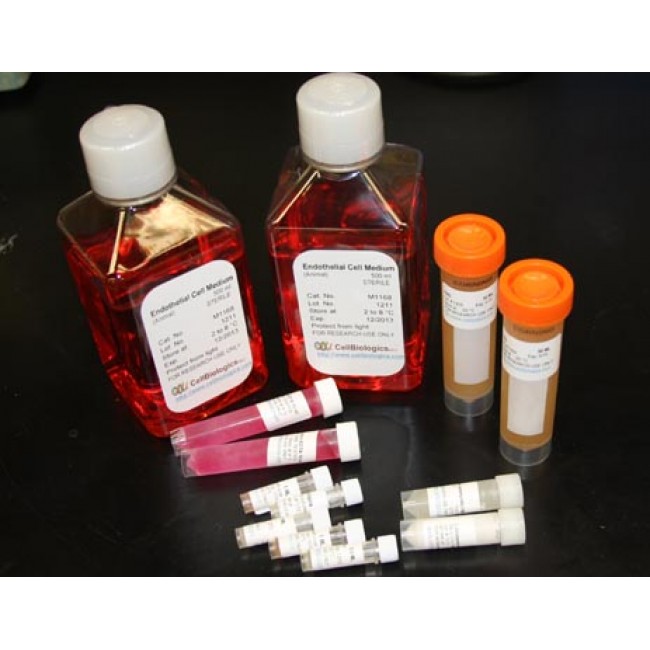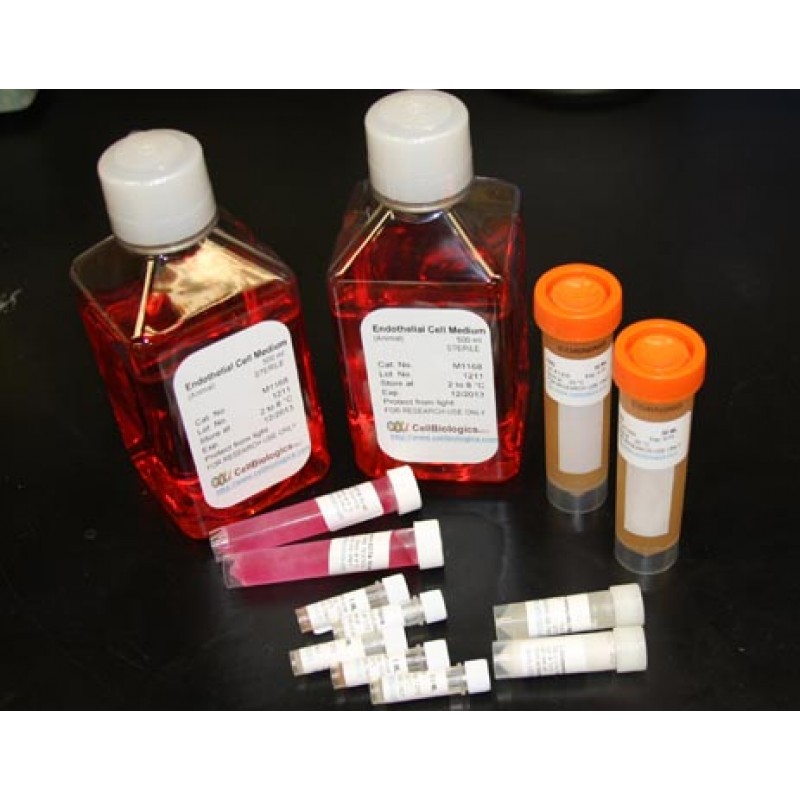IL-10 is produced by mouse Th2 cells following their stimulation by lectins. The main source for B cell derived IL-10 in mice are Ly1 B-cells that express CD5 (Ly1) and CD11. In humans IL-10 is produced by activated CD8(+) peripheral blood T cells, by T helper CD4(+) T cell clones after both antigen-specific and polyclonal activation, by B cell lymphomas, and by monocytes following cell activation by bacterial lipopolysaccharides and mast cells. IL-10 is a homodimeric protein with subunits having a length of 160 amino acids. Human Interleukin-10 shows 73% amino acid homology with mouse Interleukin-10. The murine IL-10 receptor has been cloned. This receptor is a protein of approximately 110 kDa that binds murine IL-10 specifically. This receptor is structurally related to receptors for IFN. The CD nomenclature for this receptor is CDw210. IL-10 inhibits the synthesis of a number of cytokines such as IFN-gamma, IL-2 and TNF-beta in Th1 T-helper subpopulations of T-cells but not of Th2 T-helper cells. This activity is antagonized by IL-4. The inhibitory effect on IFN- gamma production is indirect and appears to be the result of a suppression of IL-12 synthesis by accessory cells. In the human system, IL-10 is produced by, and down-regulates the function of, Th1 and Th2 cells.


